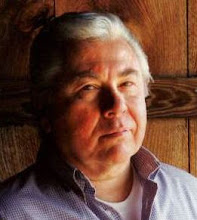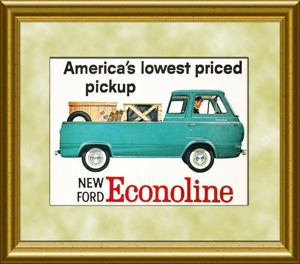I knew from the very start that the project had to meet the certain criteria. These are listed in no specific order:- It was not going to be restored to original status.
- The finished cost had to be kept under $20,000, including the initial cost of the vehicle.
- The bodywork and paint had to be kept to a cost of under $10,000 which would limit the restoration to somewhat less than "Trailer Queen" status. Bodywork entails many hours of labor if it is done properly. I have neither the skills nor equipment to handle the job.
- The vehicle was to be used and not kept in a garage waiting for sunny days.
- It had to be safe and reliable.
- It was not going to have a flashy nor trendy color.
The first concern that had to be addressed was finding a body shop that would take on the project. That was not as easy as I had imagined.It seems that modern-day body shops don't have the time for projects that require bodywork other than panel replacement. Additionally, many body shop employees don't know how to use a hammer and dolly to repair dents. I made dozens of calls to local body shops that didn't pan out.I finally contacted the Maaco shop in Albany, NY and the owner, Mike, was interested in the project but he wanted to see it in person before committing to the project. Since there was no running gear for me to drive it to him, he waited until he had other business in my area which is about an hour drive from his shop.A week or so later, he saw the body and the work that had to be done and when I told him that there was no rush nor timetable to finish the project, he agreed to take it on. He arranged for a flatbed truck to have it delivered to his shop. Little did I realize at that time that it would be gone for three years!After the body was taken away, I had many boxes of parts to store away until they could be restored. Other projects in the home and garden were more important at that time so I put the restoration on the back burner. I did, however, give some thought to the instrument cluster.The instrument cluster was in pitiful shape. The black panel over the gauges and indicator lights was rusted and painted over. The silk-screened lettering was painted over and replaced by a previous owner with hand painted markings! The gauges had faded pointers and the backgrounds looked horrible. Could I live with them in that condition? NO! A few choices were available:
The gauges had faded pointers and the backgrounds looked horrible. Could I live with them in that condition? NO! A few choices were available:- Find a better used cluster
- Restore the original cluster
- Replace the gauges with Stewart Warner gauges and fabricate a custom cluster
I chose to have the cluster professionally restored. After a bit of research and shopping around I decided to use APT Instruments International, Inc. for the restoration.Included in the restoration was:- Bead-blasting, sanding and painting the black bezel
- Silk-Screening new letters and markings using the original Ford font
- Refinishing the dials which included polishing and painting
- Repainting the pointers
- Cleaning, lubricating and calibration of the gauge mechanisms
- Fabricating new lenses for the turn signals, high beams and oil and temperature lights
- Refinishing the back panel
- Assembly of cluster and final testing



The total cost was about $525.





















